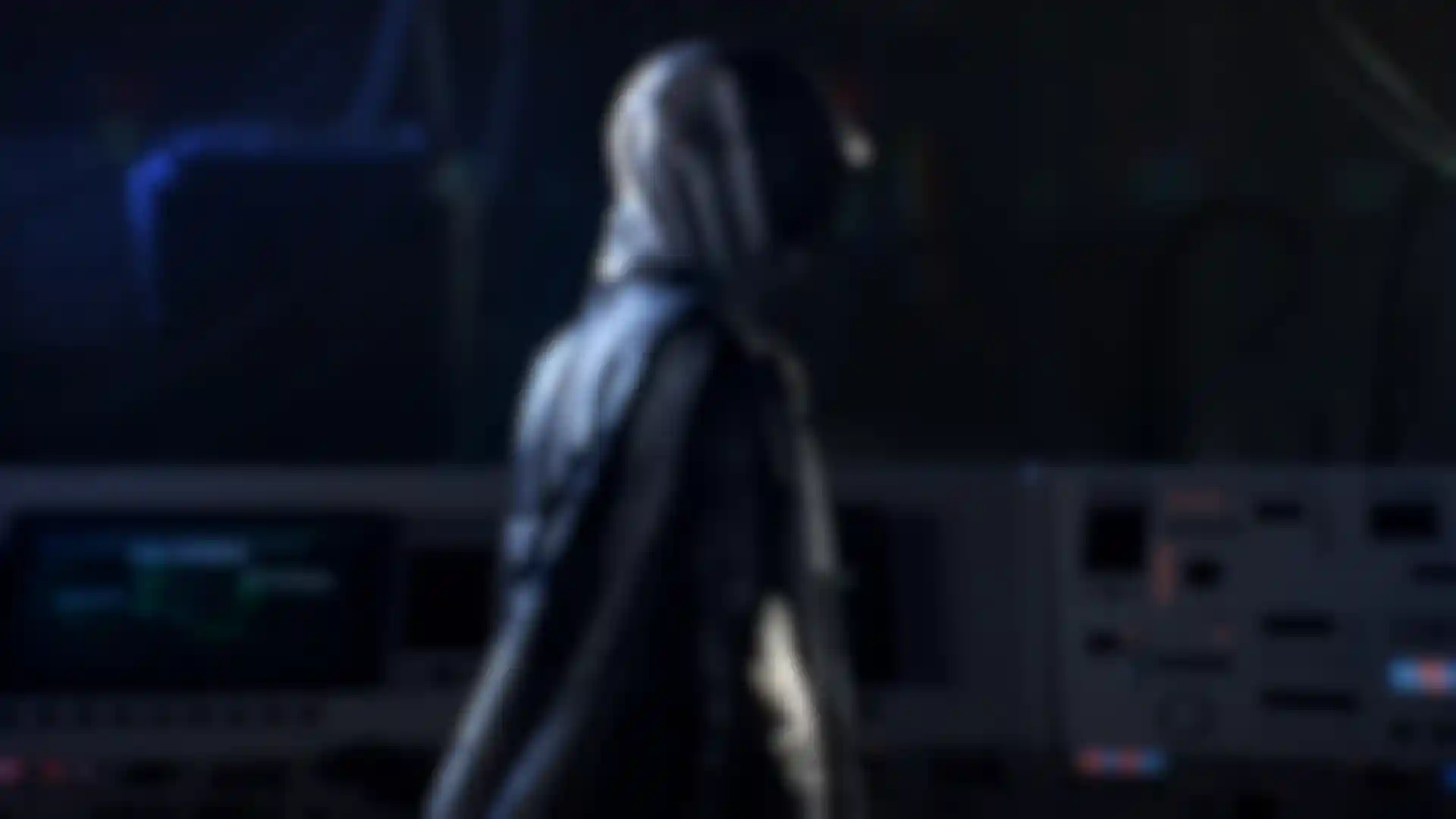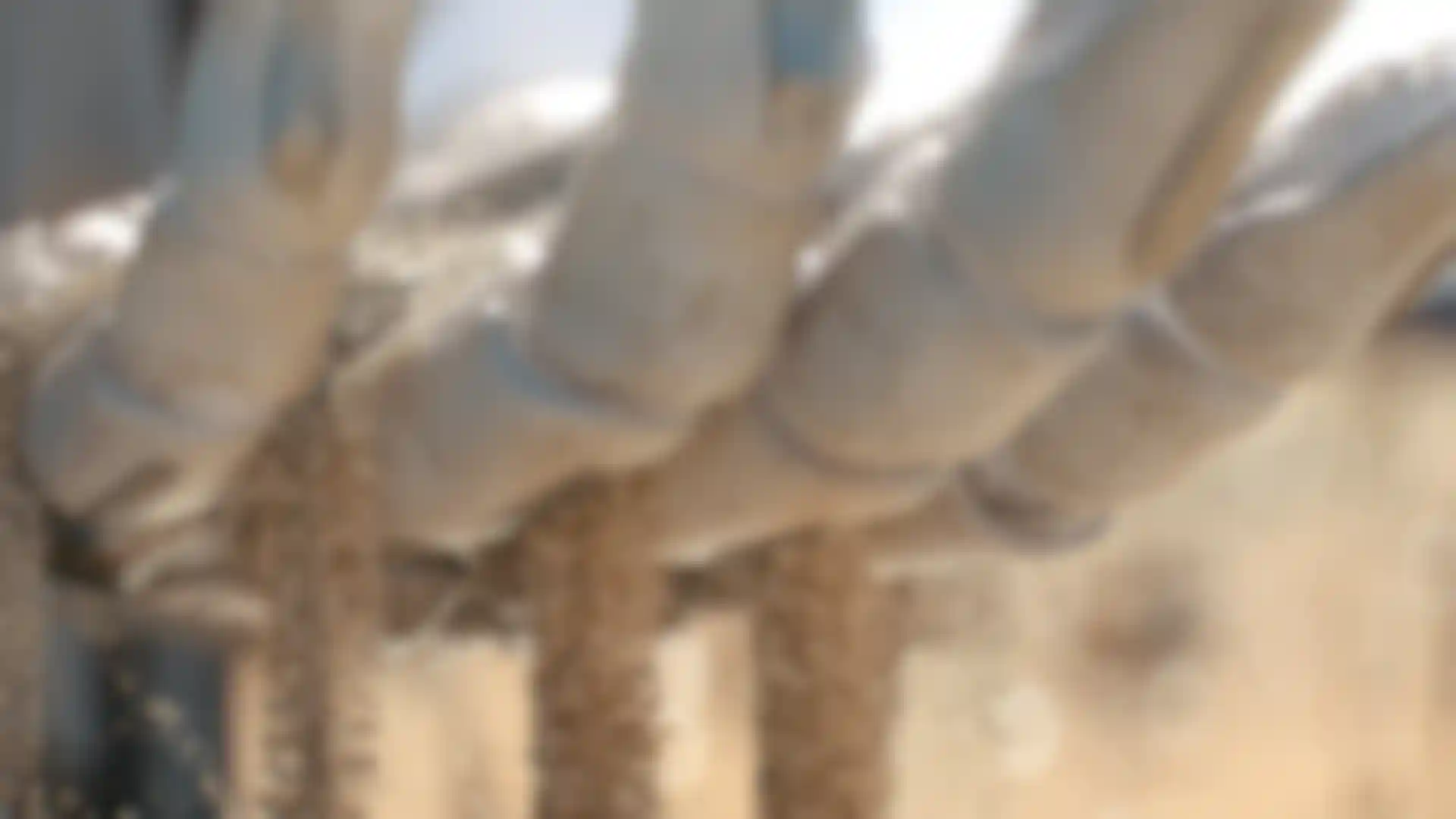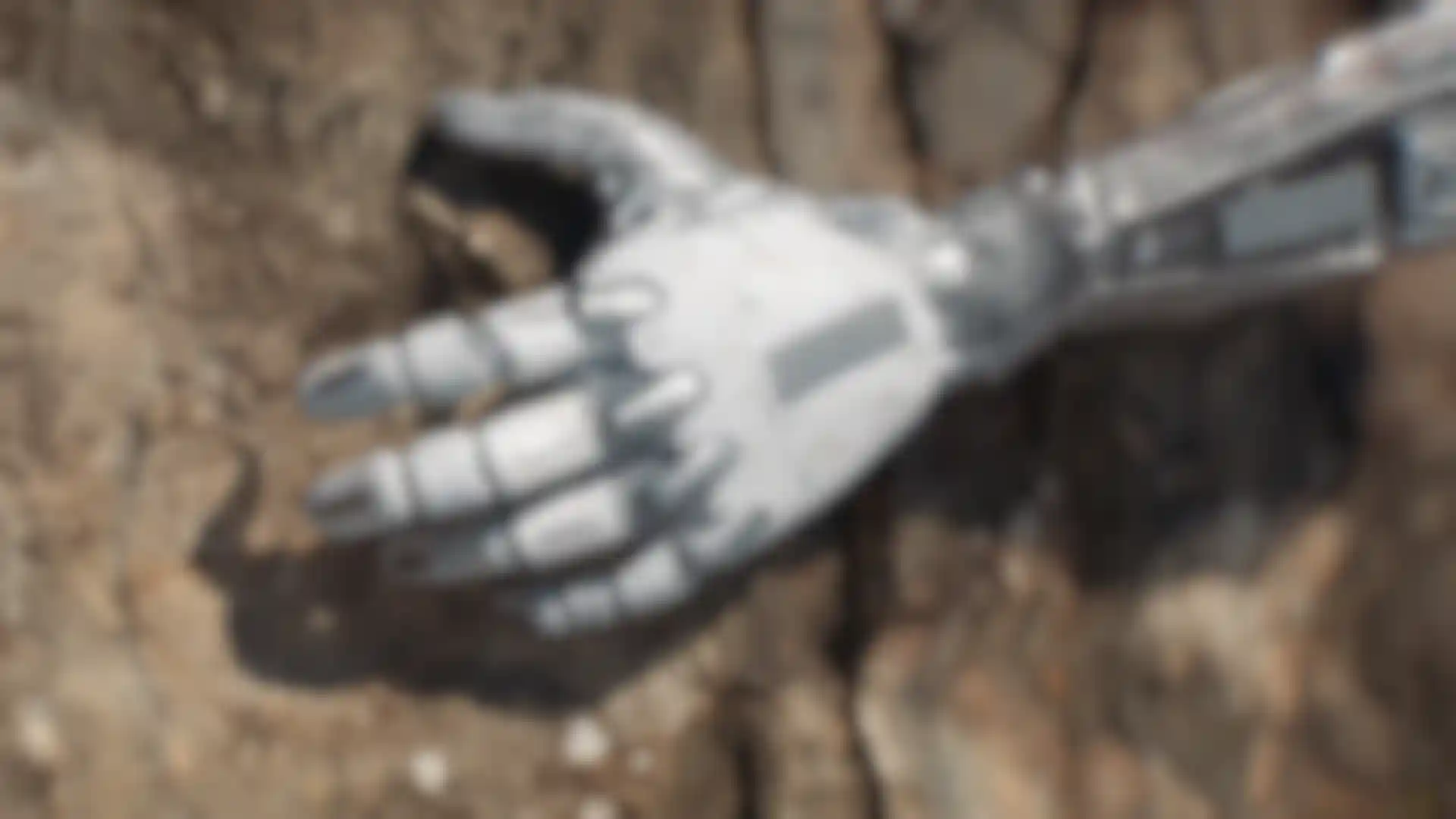
Art of the Title Substance's Scott Geersen on creating meaningful titles.
Scott Geersen’s Sydney, Australia-based motion studio is called Substance for a reason. He and his team like tackling projects that allow them to create well-designed work that also dives deeply into concepts and ideas. That being the case, it’s no wonder they’ve become known for creating powerful and thoughtful title sequences. Recently, they made the titles for 2018’s Node Fest, an annual motion design event that brings together artists from Australia and New Zealand.
Substance used Cinema 4D, X-Particles, Houdini, Substance Painter, Quixel Megascans, Redshift, and Octane to create the fully CG title sequence. And the story centers around an explorer on a transformative journey through post-apocalyptic wastelands, reflecting the adventure that is the creative process.
Here, Geersen offers some insight into Substance’s approach to this and other projects:
Talk about how you came up with the concept for this.
Scott Geersen: The only definite requirement was that we list all the speakers, sponsors and logos. Otherwise, it was an open brief. We tried approaching it by asking questions like: What does [the term] node mean? What is a node? What does a node do and what can it enable? What does it mean for us to be connected to Node Fest? It really was a completely blank canvas, and that sounds nice but can also be difficult to lock down one way when there is so much potential.
Thinking about nodes and Node Fest got us focused on three core ideas: exploration, connection and creation. Node Fest speakers have come from a range of overlapping motion disciplines, aiming to introduce artists to new ideas, broadly capture the creative process and help us all learn from each other. The explorer narrative is all about how every stage of the journey is made possible by the steps that precede it and that a successful outcome may not be visible when we first set out.
Was this process similar to the way Substance approaches most projects?
S.G.: We really enjoy projects with the opportunity to explore deeper concepts and the ways we can visualize those difficult ideas for an audience. For us, the substance of something is the core idea, and that does not always turn out to be what most would think at first or second glance. Often, we go through a long process to find that core, which I guess you would call a universal truth. If we can find that, the director or client will most often agree, even if it’s tangential to their first instinct.
Talk about how you made the non-human character seem so human.
S.G.: A lot of people have asked about that. Whether “it” has any human parts under that cloak is up to your imagination. As well as visual interest, using cyborg parts was about practicality. Performances are based on mixing and matching high-quality motion capture. Movements are realistic in many ways but can’t capture the infinite range of muscle and skin. With time limitations, using a robotic character allowed us to focus on performance without worrying too much about the uncanny valley.
What message do you hope the Node Fest titles convey to other artists?
S.G.: I hope people are encouraged to start investigating things that might initially be outside their own interest. Exploring overlapping disciplines is inspiring and helps build a base of skills that complement one another. Part of that exploration was accidental for me. I didn’t have a mentor when I was younger, so I had to find my own way. Luckily, I am a naturally curious person who wants to know about things, and I tend to dig into those things quite deeply. I always encourage others to do the same as much as possible.
Credits:
Client: Node Fest
Direction: Scott Geersen
CGI Production, Cinematography & Edit: Substance
3D Motion Design: Scott Geersen, Rory McLean, Dan Cowen, Jason Poley, Ezequiel Grand, Jeff Briant
Simulations: Jason Poley (X-Particles), Ezequiel Grand (Houdini)
Original Music and Sound Design: Echoic




